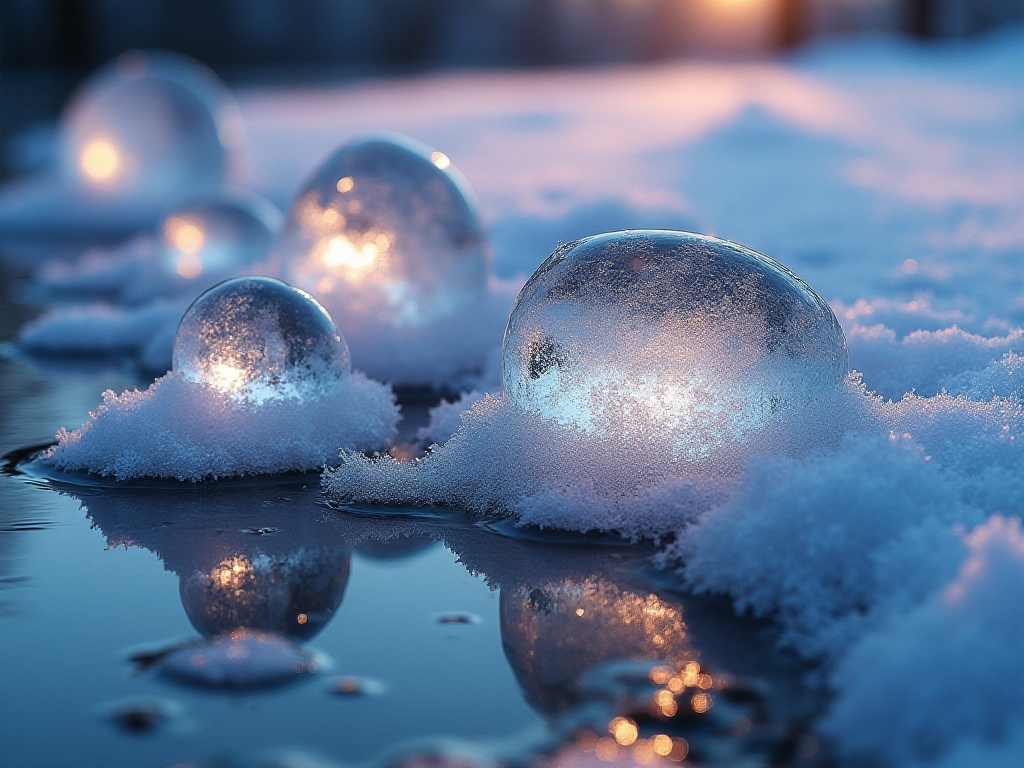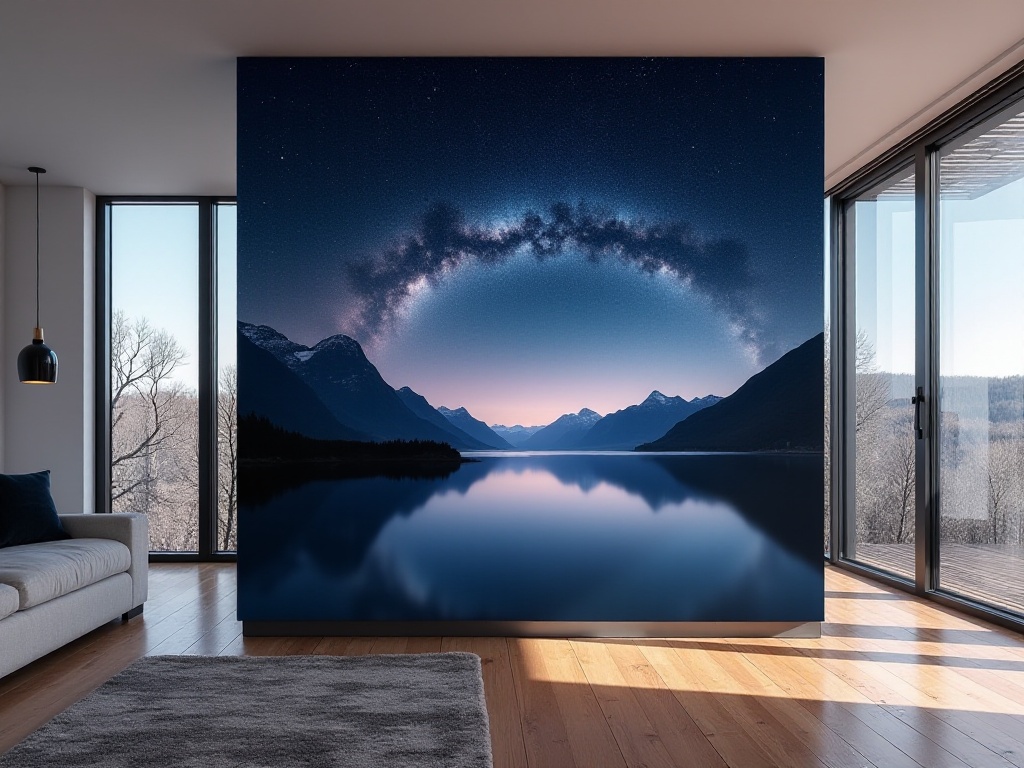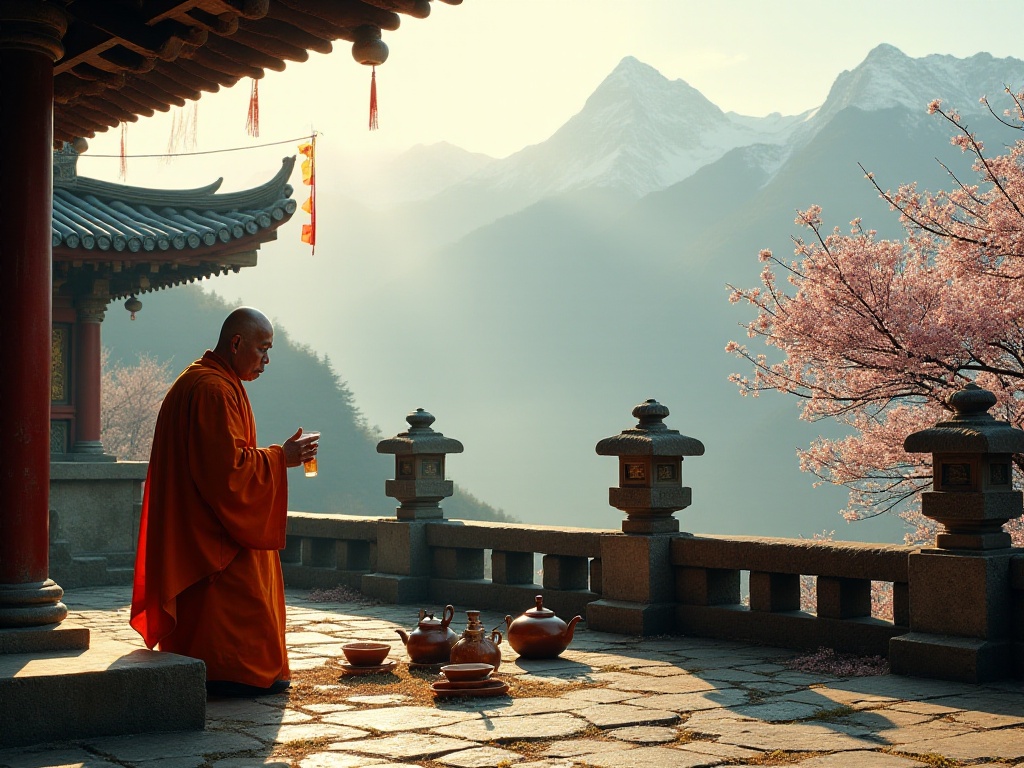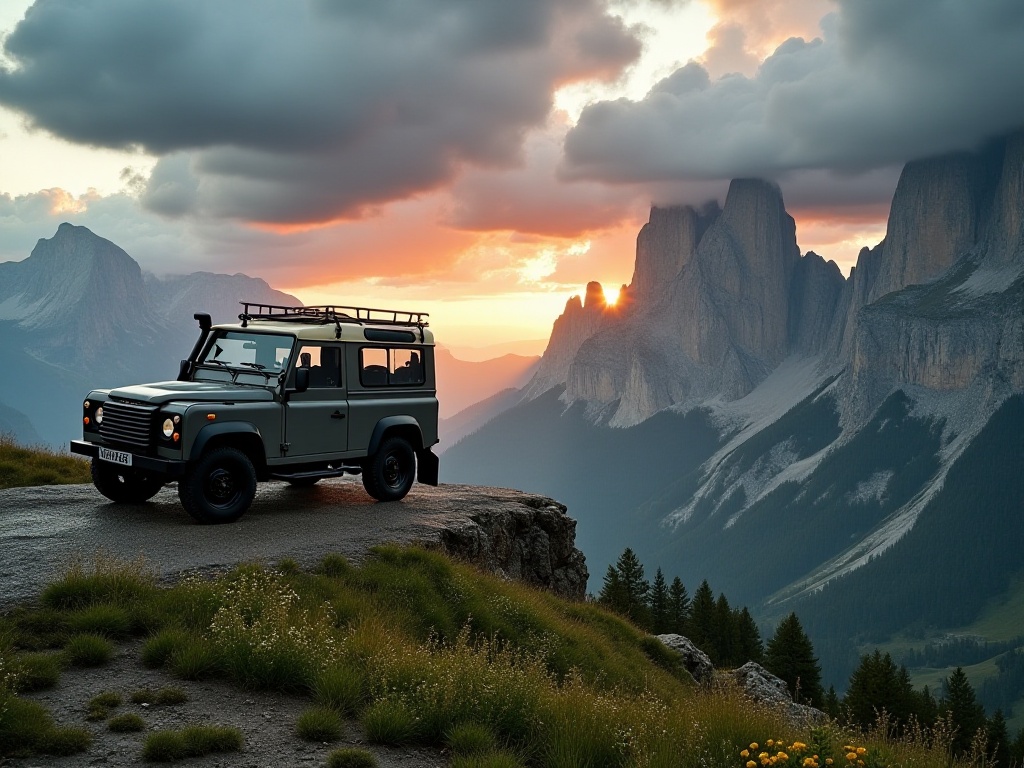As a travel photographer, I explore the world with a curious heart. From snow-covered plateaus to tropical rainforests, from city corners to rural fields, each press of the shutter is a dialogue with the soul. Photography is not just about capturing beautiful moments; it's a unique way of observing the world.
Over the past few years, I've traveled across China and visited many countries with my camera. Each journey has shown me that this world is far richer than we imagine. Through my lens, I've witnessed the purest natural beauty and experienced the most authentic cultural atmospheres.
My trip to Shangri-La last winter was one of the most memorable experiences in my photography career. In a Tibetan village surrounded by snow-capped mountains, I would wake up each morning to the sound of prayer flags fluttering in the wind. On my first day there, like all photographers new to the area, I instinctively aimed my camera at the colorful prayer flags. However, only after lowering my camera and truly immersing myself in local life did I discover that the most touching scenes were often hidden in the details of daily life.
At five in the morning, smoke would slowly rise from the chimneys of wooden houses. Elderly women wrapped in thick Tibetan robes would walk slowly toward the temple, holding prayer wheels. Their faces were wrinkled but radiated tranquility and peace. I crouched at the temple entrance, capturing their expressions with an 85mm prime lens. Sunlight filtering through the prayer flags cast dappled shadows on their faces, creating images more powerful than words could express.
By evening, the entire village would be bathed in golden light. Young herders would return from the pastures with their yaks, their bells and laughter echoing through the valley. I walked with them for a while, listening to them sing ancient songs in Tibetan. These teenagers, their faces reddened by the highland sun, always wore bright smiles. I captured their silhouettes with the yaks using a wide-angle lens, photographs that contained not just the warm sunset but also the rich essence of life.
At the village grocery store, I befriended the owner. Though she spoke little Mandarin, she always smiled while serving me butter tea. The walls of her shop were covered with Buddhist images and celebrity posters - this seemingly contradictory yet harmonious combination reflected the fusion of traditional culture and modern life. I photographed every corner of the small shop, including her fingers moving prayer beads and the red chilies drying in the corner.
During that week, I witnessed many touching moments: elderly lamas teaching young monks to recite scriptures, young people dancing the Guozhuang on the square, and the shy smile of a bride at a Tibetan wedding. These images weren't staged; they were natural moments of life. I deeply realized that true cultural documentation isn't about capturing spectacular scenery, but about capturing the details of life that carry cultural memory.
If cultural photography showed me the breadth of life, macro photography revealed the depth of the world. Last spring, I spent two weeks near the Dujiangyan irrigation system, seriously attempting to explore nature's mysteries with a macro lens for the first time.
At five in the morning, before the first rays of sunlight touched the earth, I had already set up my tripod beside a bamboo grove. Dew had condensed into crystal-clear droplets on spider webs, each one a perfect miniature world. Through the macro lens, I could clearly see the bamboo grove reflected in the droplets and even capture the sunlight flashing across them. These photos were later used by a science magazine to explain optical phenomena in nature.
Bamboo leaves became another fascinating subject. Initially, I just wanted to photograph their patterns, but when I aimed my lens at the tender green leaves, I discovered each leaf had its own "personality." Some were covered in tiny stomata, others had unique water drop marks. I tried shooting in different lighting conditions and found that morning and evening light gave the leaves completely different textures.
The most delightful was an accidental discovery. One afternoon, while photographing a wildflower, I found a tiny beetle resting on its petals. Through the macro lens, I clearly captured the patterns on its body and the details of its antennae. These photos made me realize that even the most common small creatures can reveal astounding beauty when magnified.

Photography isn't just about documentation; it can also be artistic decoration for living spaces. My friend Xiaolin recently selected my Namtso Lake photo series from Tibet as the main decoration for his living room. This series includes twelve photos taken at different times, completely showcasing the changing light and shadows of the holy highland lake.
Morning at Namtso Lake shows the lake surface shrouded in mist, with snow-capped mountains barely visible in the distance. For this photo, I used a telephoto lens to compress the mist, water, and mountains together, creating a dreamlike atmosphere. At noon, the lake displays a stunning blue color. I chose a wide-angle lens to capture the lake water, blue sky, and white clouds, showing the unique vastness of the plateau.
My proudest shot is one taken just before a storm. Dark clouds loom overhead, lightning splits the sky, and huge waves rise on the lake surface. To get this photo, I persevered in the fierce wind for nearly two hours. These photos hanging in Xiaolin's living room attract every visitor. Interestingly, different people are moved by different photos - some prefer the quiet dawn, while others are struck by the power of the storm.

Many people ask me about photography techniques. Actually, the most important aspects aren't equipment but understanding light and storytelling ability. Take sunrise photography as an example - many beginners focus solely on capturing the sun itself, overlooking the surrounding environmental elements.
I remember once waiting for sunrise at the top of Mount Tai, surrounded by crowds of people with cameras. When the first ray of sunlight appeared, everyone aimed their lenses at the sun. I turned around instead to photograph the sea of clouds and mountains behind me, where the morning light created brilliant golden bands on the cloud layers and the mountain silhouettes appeared particularly three-dimensional in this light. This photo eventually won an excellence award in a local photography competition.
The use of light is also crucial in portrait photography. When photographing ethnic minorities, I pay special attention to natural light sources. For instance, when photographing Miao girls making batik, I choose to shoot near doorways or windows, letting soft side lighting outline their focused profiles. When photographing the Yi Torch Festival, I deliberately slow down the shutter speed to leave light trails from the torches in the image.
Composition is another common concern. My advice is not to be too constrained by composition rules. While the rule of thirds is important, sometimes breaking conventions can create more creative works. For example, when photographing landscapes, I often try unconventional compositions, placing the subject at the edge of the frame or deliberately creating some imbalance, which can give viewers a fresh perspective.

As a professional travel photographer, the biggest challenge is adapting to extreme environments. My shooting experience in Kanas, Xinjiang, was unforgettable. It was a cold winter with temperatures below -20°C, where ordinary photography equipment easily malfunctions.
To cope with the low temperatures, I had to take many special protective measures. First was the battery issue - cold temperatures severely affect battery life. I carried six spare batteries, keeping them warm in my inner pockets. When shooting, I would rotate these batteries using thermal gloves to ensure the camera worked normally.
Lens condensation was another issue requiring special attention. Moving suddenly from warm interiors to cold outdoors could easily fog up lenses. I learned to seal my camera in a bag before entering indoor spaces, taking it out only after the temperature had equalized, effectively preventing lens fogging.
When shooting in plateau regions, besides overcoming harsh natural environments, you must also deal with altitude sickness. I remember my first time shooting in Tibet - I had difficulty breathing just lifting the camera because I hadn't properly acclimatized to the high altitude. Later, I learned to rest for two days after arriving at high-altitude locations and prepare medication for altitude sickness.

Photography's significance lies not just in capturing beautiful moments but more importantly in transmitting culture and recording history. My shooting experience in Yushu, Qinghai, made me deeply understand this point. After the 2010 Yushu earthquake, I made multiple visits to document touching stories of local Tibetans rebuilding their homes.
I remember a Tibetan elder over seventy who voluntarily became a community worker after the earthquake. I followed him visiting many affected families, recording scenes of mutual help and overcoming difficulties together. These photos were later exhibited in Beijing, helping more people understand Yushu's reconstruction story. Some viewers shed tears of emotion seeing these photos, while others actively inquired about how to help with Yushu's reconstruction.
Through this experience, I became more convinced of photography's power. A good photograph can not only move hearts but also promote social progress and cultural exchange. Now, whenever I go out shooting, I pay special attention to uncovering local cultural characteristics and human stories. For example, when photographing Dong Grand Choir in Congjiang, Guizhou, I not only recorded the performance scenes but also interviewed the inheritors to understand the stories behind this intangible cultural heritage.

Ten years of travel photography have taught me deeply that photography isn't just about capturing beautiful moments; it's a way of observing the world and understanding life. Each press of the shutter is a deep dialogue with nature and human culture. Whether magnificent landscapes or ordinary life details, everything deserves to be discovered and recorded with heart.
Photography has taught me to view the world with a more inclusive attitude and understand the importance of recording and sharing beauty. I hope every photography enthusiast can find their own way of expression, using images to tell their stories and convey their understanding and insights about life.
 Previous
Previous
